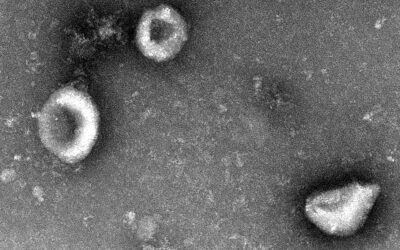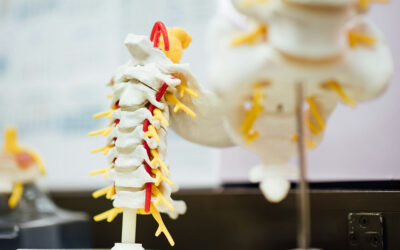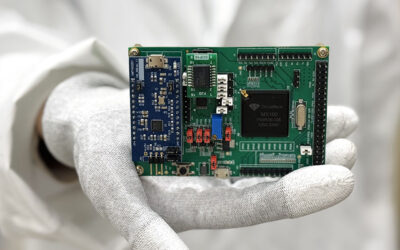Cast magnesium alloys are used for many components of modern cars. The majority of Mg-alloy castings for automotive applications are made from Mg-Al base and Mg-Al-Zn base alloys. These alloys exhibit excellent castability and good mechanical properties at room temperature. However, the poor creep resistance above 120°C limits the application of commercial magnesium alloys containing aluminum and small addition of manganese or zinc.
 A new creep resistance alloy was found with strontium addition (AJ alloys) showing superior creep performance and tensile strength at temperatures as high as 175°C. Due to their good creep resistance and excellent castability, these alloys are used in the automotive industry. For example, carmaker BMW use it for its magnesium-aluminum composite engine block.
A new creep resistance alloy was found with strontium addition (AJ alloys) showing superior creep performance and tensile strength at temperatures as high as 175°C. Due to their good creep resistance and excellent castability, these alloys are used in the automotive industry. For example, carmaker BMW use it for its magnesium-aluminum composite engine block.
High-pressure die casting is the preferred manufacturing process for the magnesium alloy components used for automotive as well as for numerous other applications. The mechanical properties of the die cast product are related principally to the die temperature, the metal velocity at the gate and the applied casting pressure. The die temperature, the filling of the die by the molten metal, the geometrical complexity of the parts, and the cooling rate associated with the die casting process all combine to form a complex set of potential defects within the finished components. But the relative influences of the various die casting process parameters upon the quality of the finished products are not clearly understood at present.
‘To gain more insight’ was the aim of the work of Tomasz Rzychon and coworkers. The Polish research team analyzed the influence of hot-chamber die casting parameters on the microstructure and mechanical properties of a common magnesium alloy. They considered piston speed, pressure, die temperature and casting temperature during die casting. The mechanical properties of the pressure die cast alloy depend on the porosity of the products. In the study, the most notable influence on gas porosity during the die casting process show the applied pressure and the velocity of the plunger, vital component of the shot sleeve.
A high level of consolidation pressure reduces the gas porosity in die castings. The observed correlation between plunger velocity and area fraction of pores was: An increase in the molten metal velocity at the gate causes an increase in porosity. Samples cast with lower plunger velocity show a smaller size of pores than those that were cast with a higher velocity. Furthermore, a low plunger velocity enhances the thickness of the skin, the porosity-free surface layer, which additionally improves the tensile strength of the die cast magnesium alloy.
Image: Dundee Photographics / FreeDigitalPhotos.net

















